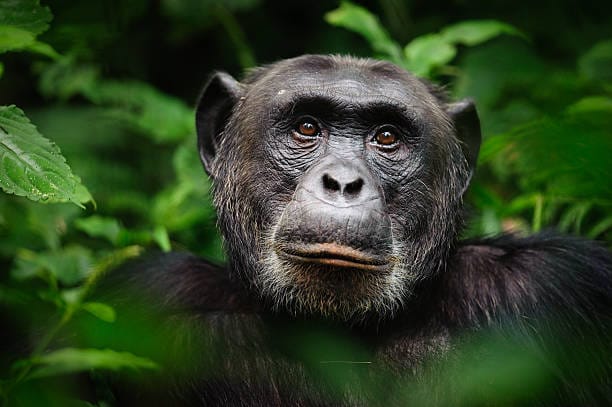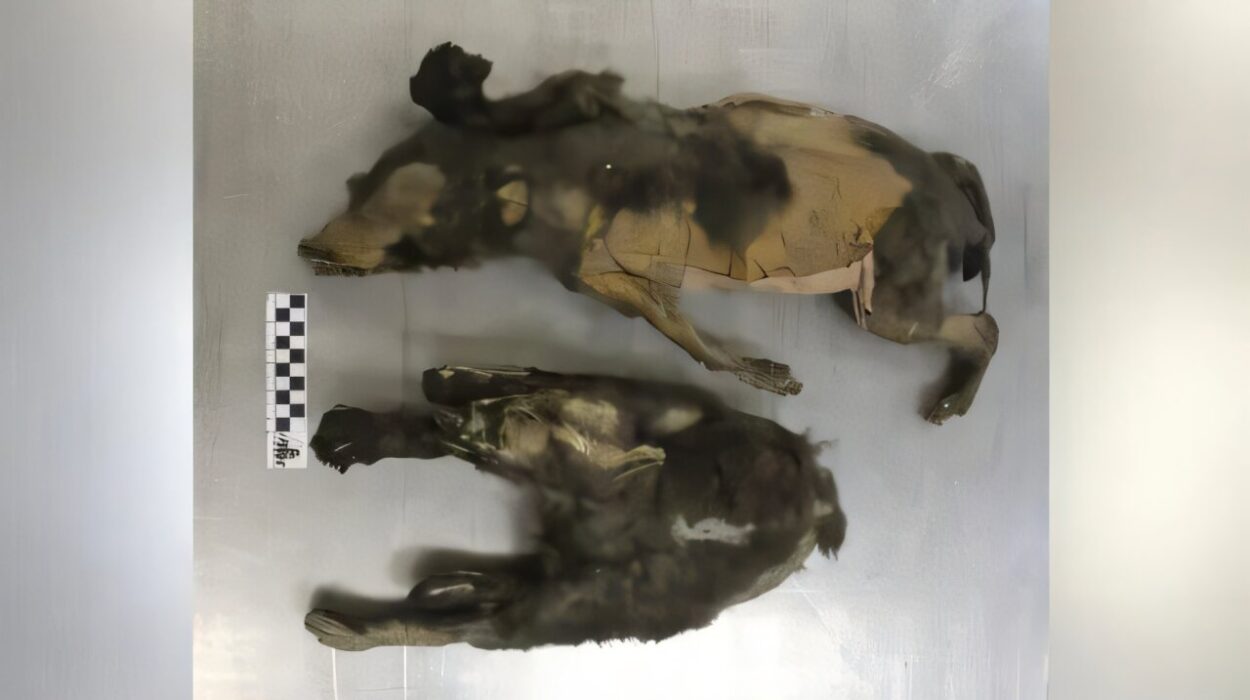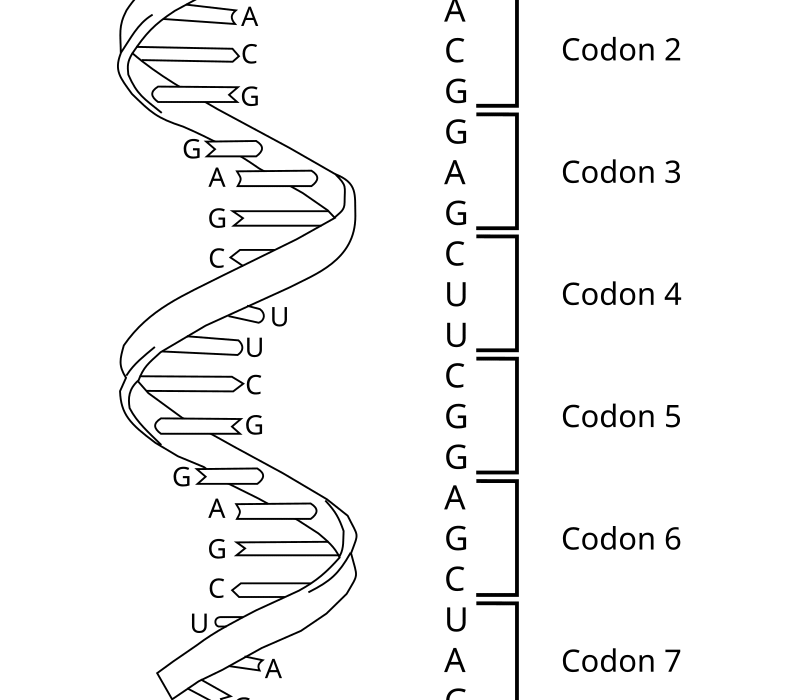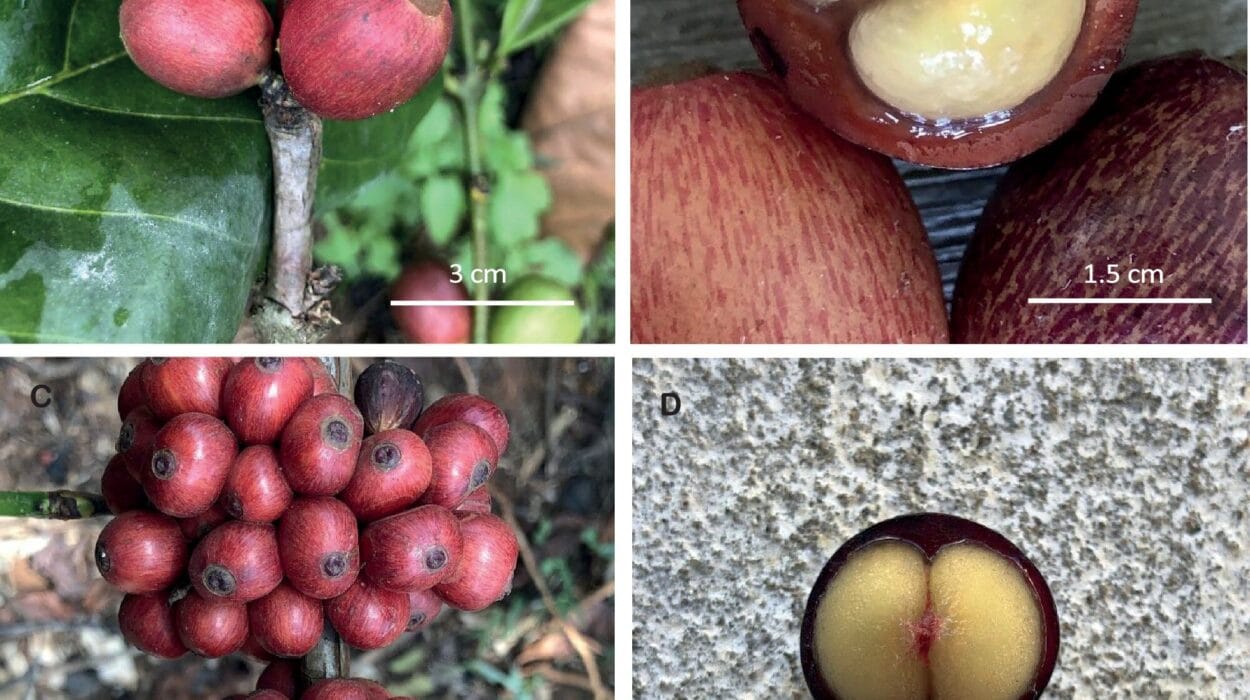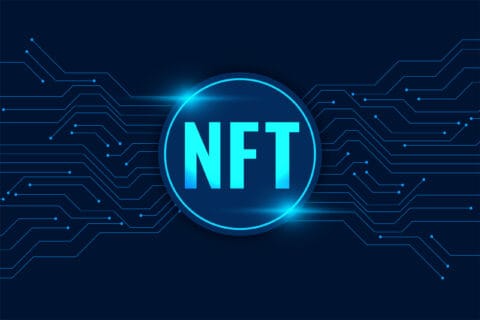In the lush forests of central Africa, where tangled vines filter the sunlight and distant calls echo through the canopy, a group of chimpanzees moves with quiet purpose. They forage, squabble, reconcile, and groom one another, bound together by ties as complex and nuanced as those of any human community.
For Craig Stanford, a professor of biological sciences and anthropology at the University of Southern California, these moments are more than fascinating—they are windows into our own past. Humans share upwards of 98% of their DNA with great apes, including gorillas, chimpanzees, bonobos, and orangutans. That shared biology, Stanford says, makes them our closest living relatives—and our most valuable clues to understanding how we became who we are.
“People go to therapy to understand how their past influences their present and future,” Stanford explains. “I do something similar, but on a species scale.”
Stanford has spent more than three decades studying chimpanzees and other great apes in the wild, a journey that began in 1992 when Jane Goodall herself invited him to join USC. The goal was simple yet profound: to explore what these intelligent, social, and emotionally rich animals can reveal about human evolution.
Not Just “Almost Humans”
While the temptation is to see chimps as incomplete versions of ourselves, Stanford is quick to draw a line. “They are their own species on their own evolutionary paths,” he says. “We’re not looking at them as under-evolved humans but as fellow creatures whose lives illuminate our shared history.”
Still, the parallels can be striking. By watching chimpanzees—how they interact, solve problems, and communicate—scientists gain rare insight into what life might have been like for our ancestors millions of years ago. Even something as basic as the way chimps walk or climb offers a living connection to evolutionary chapters long past.
Goodall’s early work in the 1960s challenged the scientific orthodoxy of her time. Naming her subjects—Fifi, Frodo, and others—was seen as unprofessional by a field that preferred to reduce animals to data points. But Goodall insisted, and later proved, that chimpanzees have distinct personalities. Stanford agrees: some chimps are generous leaders, others are ambitious loners, and still others are quiet observers. Their personalities shape the social fabric of their communities—just as ours do.
The Politics of the Forest
Chimpanzees live in societies where relationships are currency. Within their communities, individuals must navigate alliances, rivalries, and shifting power dynamics. A high-ranking male might lend support to a lower-ranking ally, but not without weighing the political cost—behavior that would be familiar to any human politician.
Stanford notes that these social structures offer more than just an animal curiosity; they mirror the way humans build networks, from playground friendships to corporate boardrooms. By studying the politics of the forest, we can better understand the roots of our own social instincts—both cooperative and competitive.
Conversations Without Words
The origins of human language remain one of anthropology’s most tantalizing mysteries, largely because communication doesn’t fossilize. But the great apes offer clues in the present. Bonobos, for example, coordinate vocal calls with gestures, weaving meaning into movement much like humans do in conversation.
USC Ph.D. student Elizabeth Beachem, who works with Stanford, has devoted her graduate studies to decoding these systems. Chimps and bonobos use their vocal and physical signals to share information, make requests, and warn of danger. While their “language” lacks the complexity of ours, it shows the evolutionary scaffolding for communication—a blend of sound, gesture, and social understanding.
“It’s not as sophisticated as humans,” Stanford concedes, “but it’s absolutely a language in its own right.”
Lessons in Ingenuity
If there is one thing great apes excel at, it’s adaptation. From a young age, chimps learn by watching others—how to strip leaves from a twig to make a termite fishing rod, how to smash open a nut with a stone, how to find food that’s available only for a brief season.
These skills are not just about survival—they are about problem-solving, creativity, and passing knowledge from one generation to the next. Much like human innovation, chimpanzee tool use builds on the successes of the past, refined and adapted to fit new challenges.
Their navigational skills are just as impressive. A chimp might travel miles to reach a fruiting fig tree, remembering exactly where and when it will be ripe. Others simply follow the more experienced members—proof that wisdom, in chimp societies as in ours, is a valuable commodity.
The Human Connection
The parallels between humans and great apes are not accidental. They are the echoes of an evolutionary journey we still share. Chimps remind us that our intelligence, cooperation, and even our conflicts are not solely products of modern civilization but ancient traits shaped over millions of years.
“When your survival relies on it, you must learn to adapt,” Stanford says. The same is true whether you’re navigating the rainforest or negotiating in a modern office.
By looking into the lives of chimpanzees, we are in many ways looking into a mirror—not to see what we are, but to understand how we came to be. In their gestures, alliances, and problem-solving strategies, the story of humanity flickers back at us, reminding us that the roots of our behavior run far deeper than history books alone can tell.
